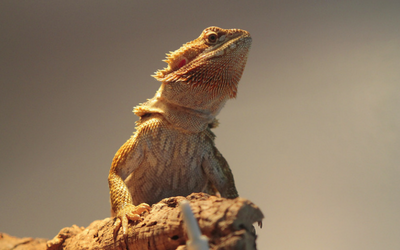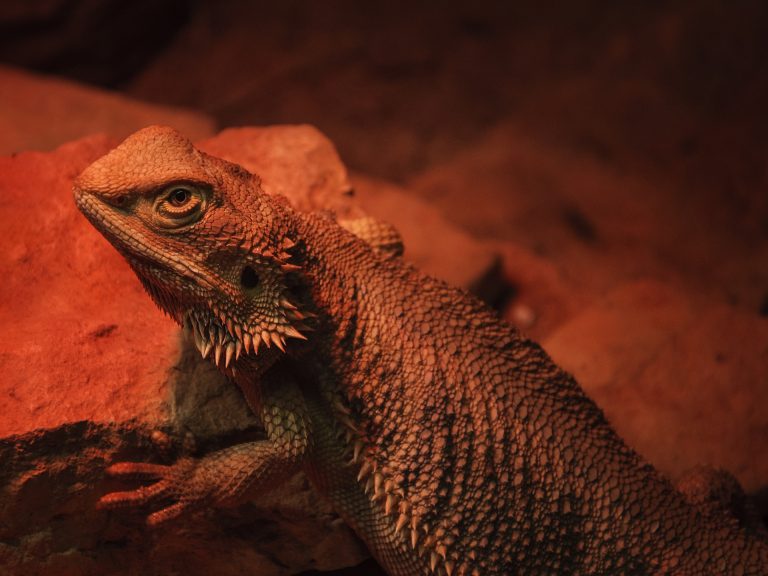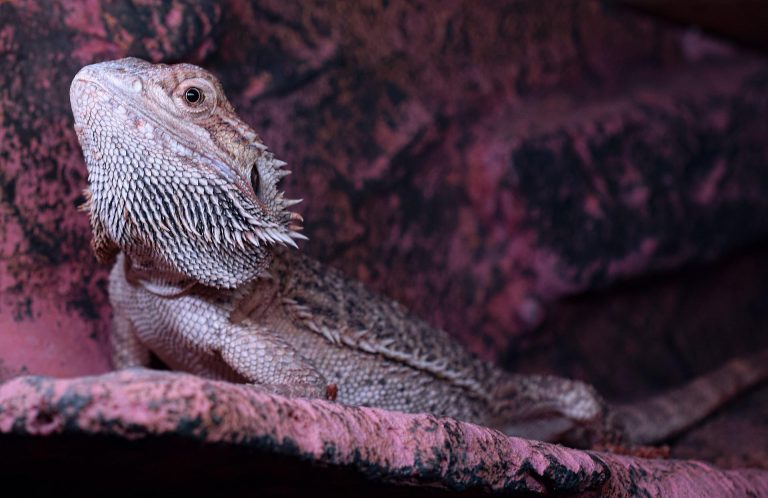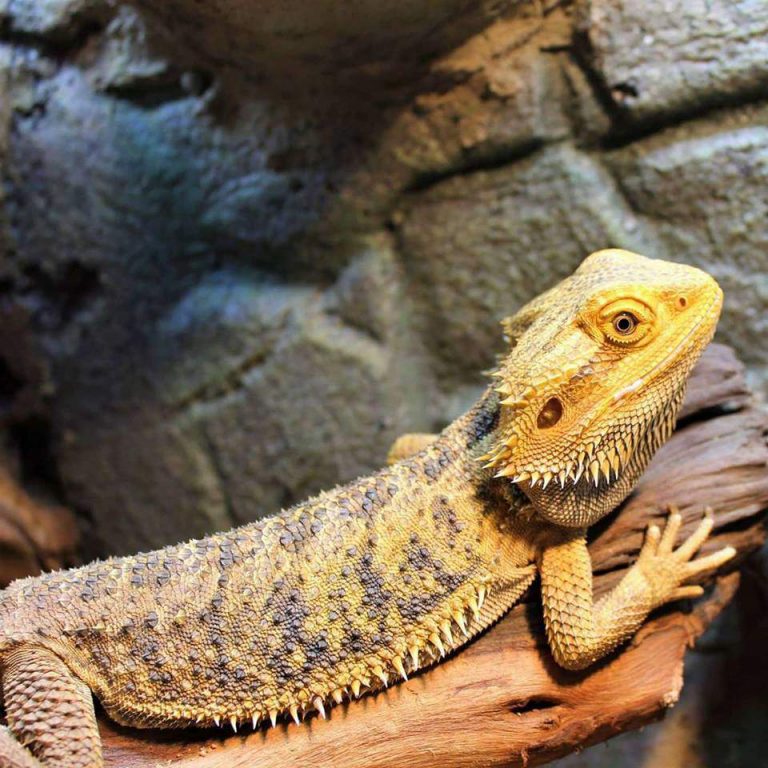Bearded Dragon Banging Head On Glass
Bearded Dragon Gender Flashlight
Bearded dragons (also known as the inland bearded dragon, central bearded dragon, or yellow-headed bearded dragon) are agamid lizards native to eastern and central Australia. They can be found in a variety of habitats, including semiarid desert, scrublands, and dry forests. They earned their name from their spiky, expandable throat pouch that can look very much like a beard, especially when it darkens to black.

Orange Spots On Bearded Dragon
How Big Are Bearded Dragons? Before you decide on bringing a bearded Dragon home you must know how big they can become. These reptiles vary in size and shape depending on how they are genetically wired. They should be kept indoors in tanks of 55 gallons or more. A larger tank will give your beardies more hiding places and be closer for their natural habitat. It is fine to start with a small tank. As your beardie ages, it will be better to move to a bigger one.
What Food Do Baby Bearded Dragons Eat
Bearded Dragon Tank Setting Up Bearded drakes require a dry, clean environment. Place the tank in an area that is cool and not too humid to keep your beardie happy. It is best to have a door in the room. It is best to not have a dehumidifier in the same room with your beardie. This can cause beardies to wake up.


Bearded Dragon With No Tail
A large, semi-arboreal native lizard of Australia, these guys spend their time dwelling partially in the trees and on the ground. Including their tail, they grow to about 15-20 inches long and have spines on either sides on their body that run to the base of their tail.
Bearded Dragon Harness Template
We live in San Francisco and cannot get the room humidity below 50%. Is there a tank mounted dehumidifier that we can use? Yes they certainly exist. I have never used them but have heard good things about Lockdown and Pro Breeze dehumidifiers.


What Does Scale Rot Look Like On A Bearded Dragon
A diurnal lizard, they are awake and active during the daytime. They should get 12 hours of daylight and 12 hours of darkness. Bearded Dragons require an ultraviolet light to be fully-healthy (and when combined with calcium supplements helps to prevent Nutritional Secondary Hyperparathyroidism and Metabolic Bone Disease). UVB bulbs can be monitored with a UV radiometer and should be replaced every 6-12 months. In addition to a UVB bulb, they should also be provided with a 40 to 75W infrared bulb to bask in.
Bearded Dragon D3 Overdose Symptoms
Bearded Dragon Care Bearded and solitary dragons require a healthy environment. The habitat must be cleaned regularly. You can clean it with a sponge or washcloth. The habitat should not become too dirty. This can cause serious health problems for the animal.
Bearded Dragon Banging Head On Glass